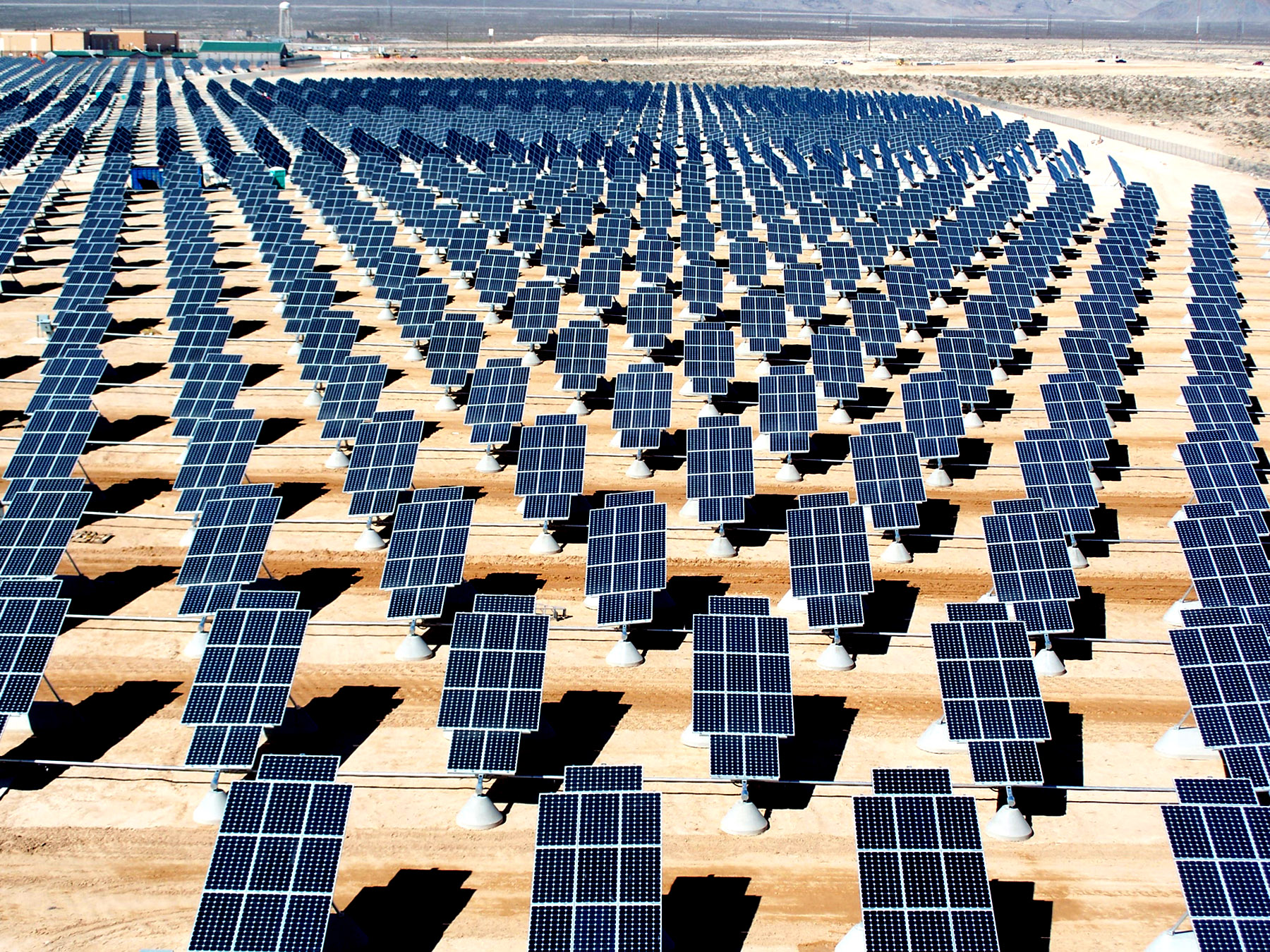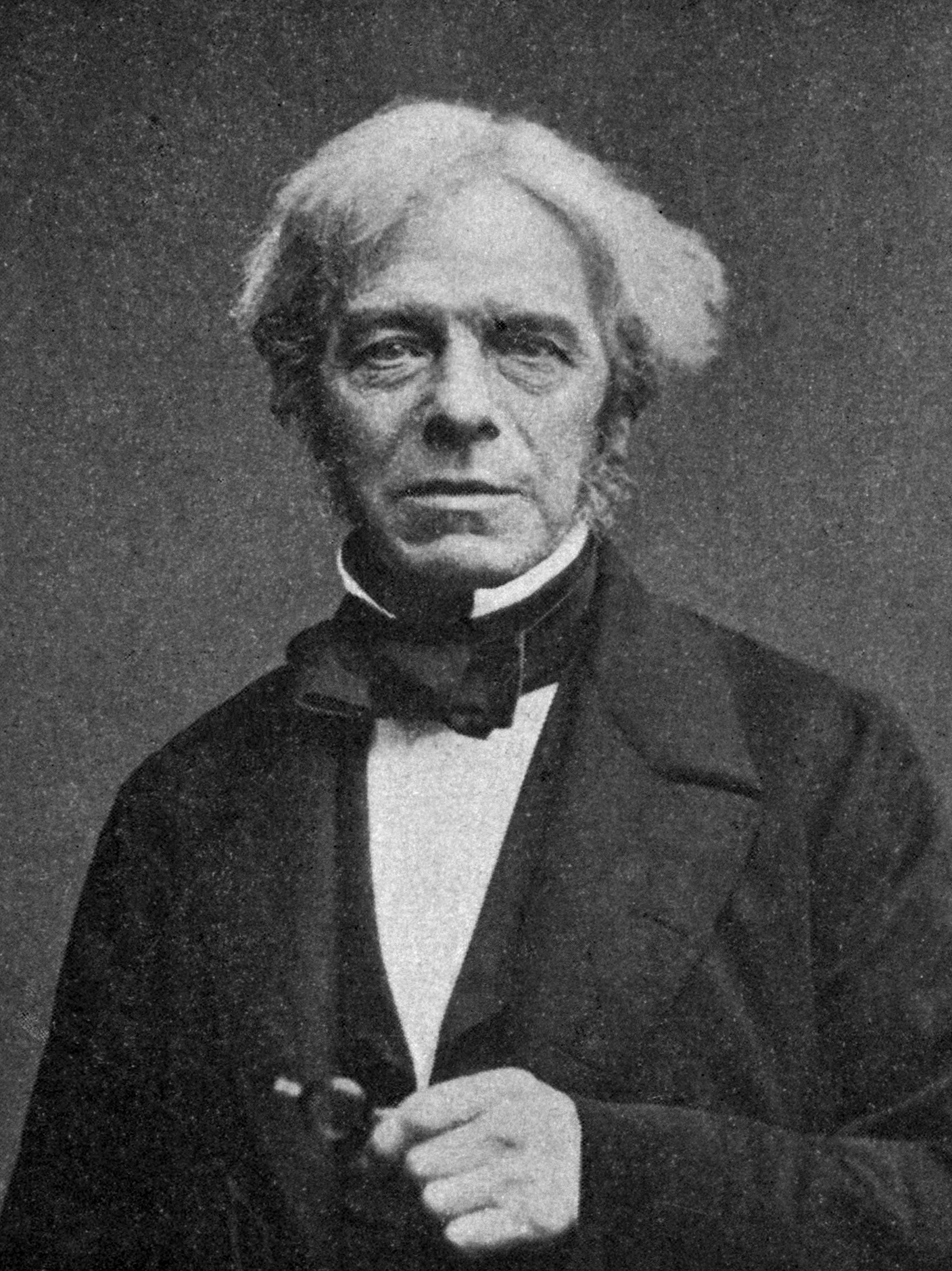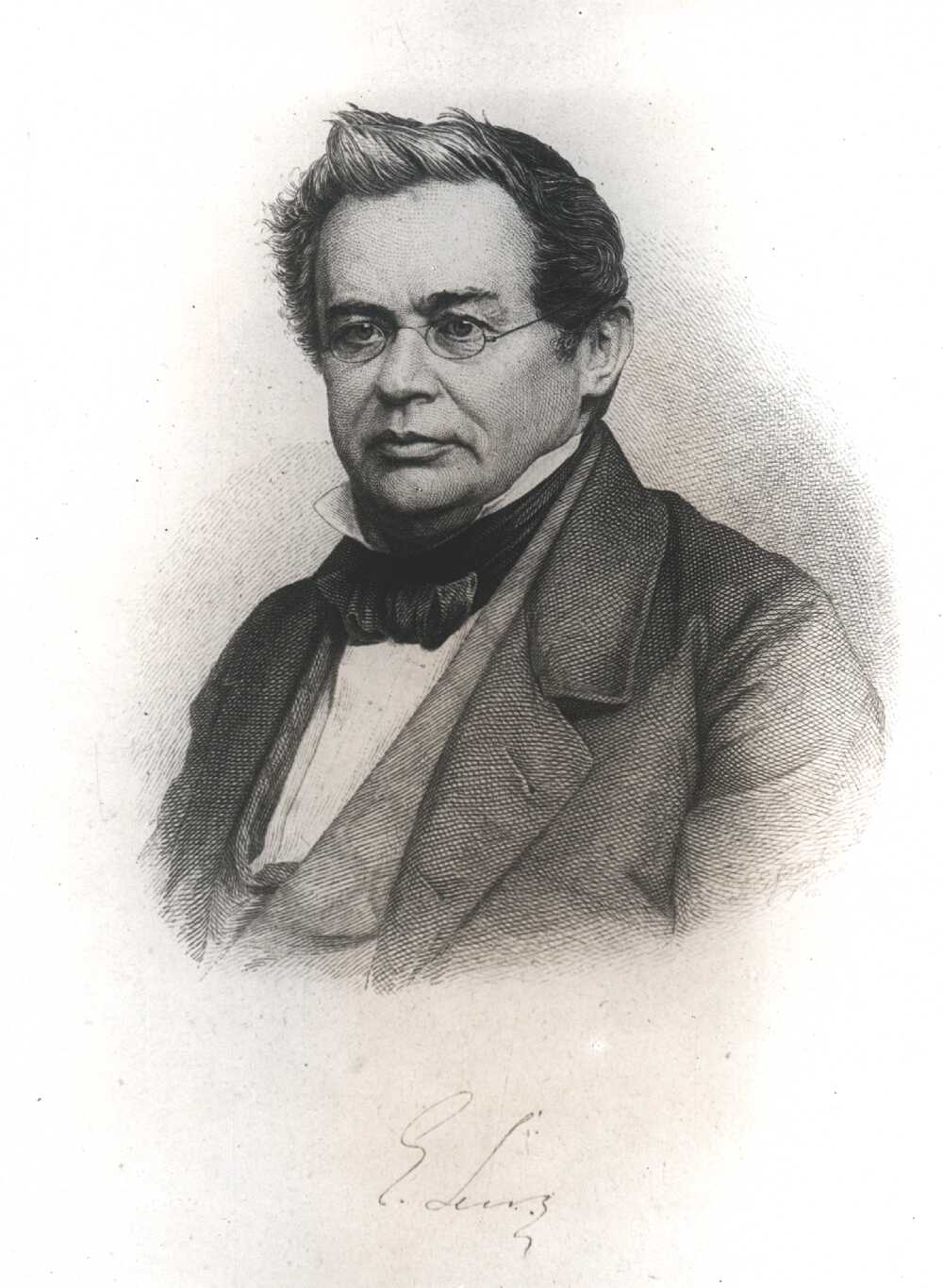Solar power
Advantages
The advantages of using solar energy as a source of energy to generate electricity are.
- It is renewable energy.
- Sunlight is free and can be obtained easily.
- It does not pollute the air.
Disadvantages
The disadvantages of using solar energy as a source of energy are.
- A large area is needed to install the solar plate.
- The amount of sunlight at the non-tropical area depends on the season.
- The energy collected need to be stored in a cell so that it can be used at the time sunlight is not present.
- Its capacity is limited by the capacity of the cell. Normally a cell has relatively low capacity.











